W18O49/PDMS Coated Insulating Glass
- Details
- Category: Tungsten Information
- Published on Wednesday, 20 November 2019 18:48
- Written by Yanqiu
- Hits: 1789
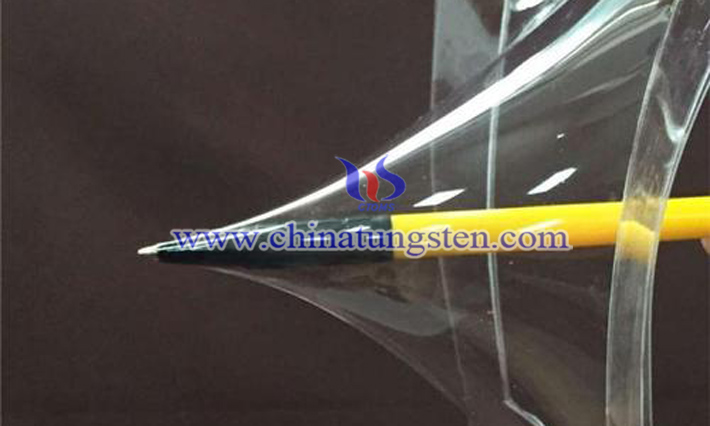
W18O49/PDMS coated insulating glass can be widely used in the future. It not only has fine visible light transmission, but good near-infrared shielding ability. This kind of glass can modulate the solar energy intake effectively, so as to save energy to the greatest extent.
Glass Coating of W18O49
- Details
- Category: Tungsten Information
- Published on Wednesday, 20 November 2019 18:45
- Written by Yanqiu
- Hits: 1821
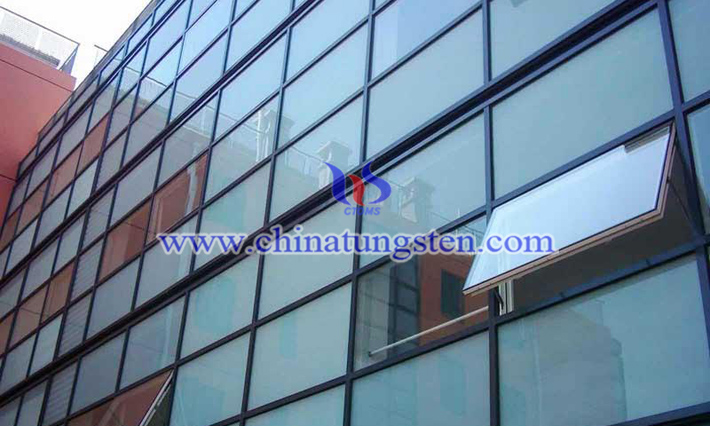
As glass coating of W18O49 can guarantee high visible light transmissivity and good thermal insulating property of the glass at the same time, it has high application value in architectural windows. This kind of glass coating can effectively control the energy exchange through the window.
Preparing W18O49 with the Aid of Microwave Irradiation
- Details
- Category: Tungsten Information
- Published on Tuesday, 19 November 2019 11:46
- Written by Yanqiu
- Hits: 1889
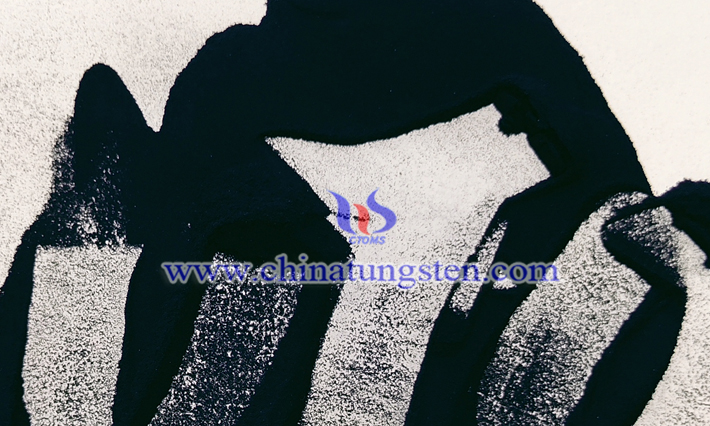
Monoclinic W18O49 can be successfully prepared by the annealing of WO3 · H2O, which is synthesized by microwave irradiation, at the temperature of 600°C. This kind of preparation method can improve the production efficiency effectively. It is simple, time-saving and green.
Read more: Preparing W18O49 with the Aid of Microwave Irradiation
Near Infrared Shielding Material of W18O49
- Details
- Category: Tungsten Information
- Published on Wednesday, 20 November 2019 18:40
- Written by Yanqiu
- Hits: 1884
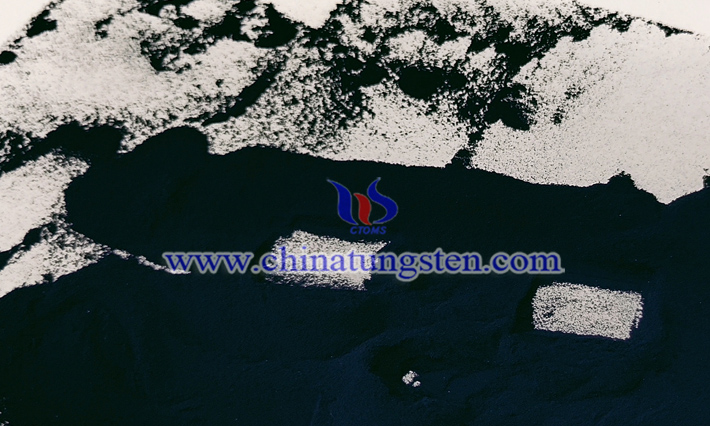
With good light absorbing ability and thermal insulation performance, near infrared shielding material of W18O49 is widely used in the windows of modern buildings and automobiles. Its application is of great importance to energy saving and environmental protection.
W18O49 Prepared by Solid Phase Method
- Details
- Category: Tungsten Information
- Published on Tuesday, 19 November 2019 11:42
- Written by Yanqiu
- Hits: 1964
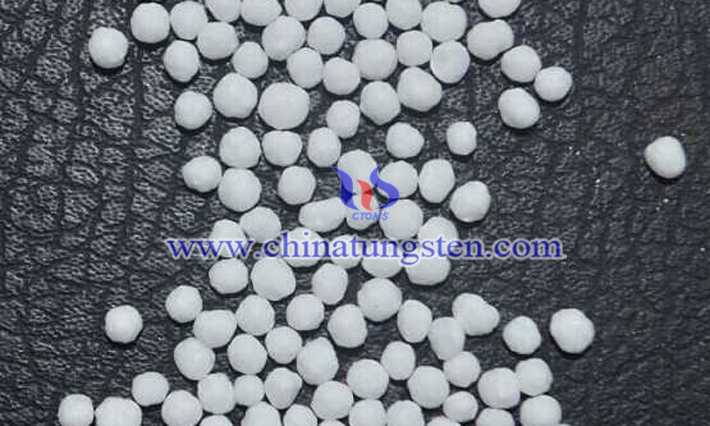
W18O49 can be prepared by solid phase method. During the preparation process, WO3 powder and urea at a mass ratio of 1:3 are heated in a tube furnace to prepare nanosphere W18O49 with hollow structure. This is an efficient preparation method with low cost.





 sales@chinatungsten.com
sales@chinatungsten.com